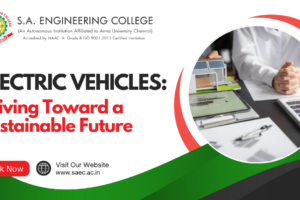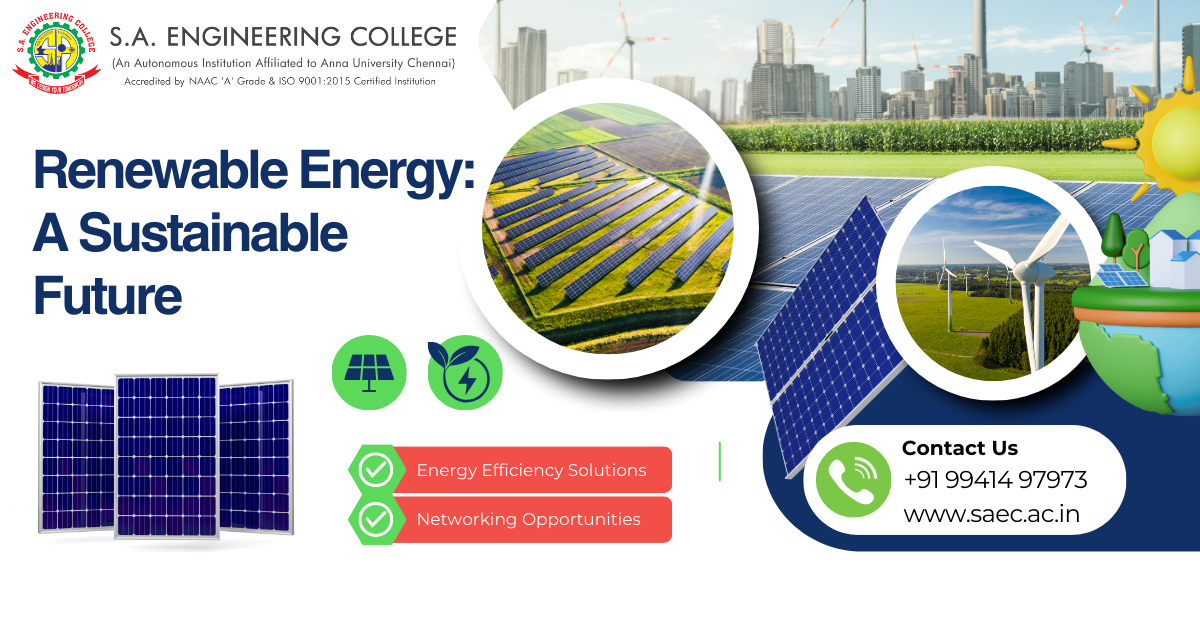
Renewable Energy: A Sustainable Future
In recent years, the call for sustainable solutions to mitigate climate change and reduce dependence on fossil fuels has placed renewable energy in the spotlight. From solar farms lighting up communities to wind turbines dotting serene landscapes, renewable energy is not just a buzzword—it’s the cornerstone of a greener, more resilient future. This blog explores the world of renewable energy, its significance, diverse types, and the challenges and opportunities it presents.
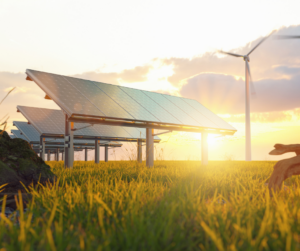
Why Renewable Energy Matters
The urgency to shift to renewable energy sources stems from the environmental impact of fossil fuels. Coal, oil, and natural gas contribute significantly to greenhouse gas emissions, which accelerate global warming. Moreover, these resources are finite and subject to market volatility, making them unsustainable in the long run. In contrast, renewable energy harnesses natural forces that are abundant and replenishable, such as sunlight, wind, and water, offering a cleaner and more reliable energy future.
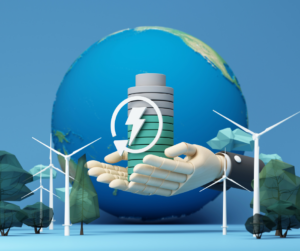
Types of Renewable Energy Sources
- Solar Energy
Solar power harnesses energy from the sun through photovoltaic cells or solar thermal systems. Advances in technology have made solar panels more efficient and affordable, allowing households, businesses, and even large-scale solar farms to contribute to energy grids. With innovations like solar shingles and portable solar chargers, this energy source is becoming increasingly versatile.

- Wind Energy
Wind turbines convert kinetic energy from the wind into electricity. Offshore wind farms, in particular, are gaining popularity as they leverage stronger and more consistent winds. Wind energy is now a vital player in the global energy market, contributing significantly to electricity generation in countries like Germany, China, and the United States.
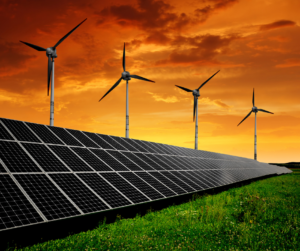
- Hydropower

- Geothermal Energy
This form of energy taps into the Earth’s internal heat. Geothermal power plants and ground-source heat pumps provide a consistent energy supply with minimal environmental impact. Regions with significant tectonic activity, such as Iceland, lead the way in geothermal energy utilization.
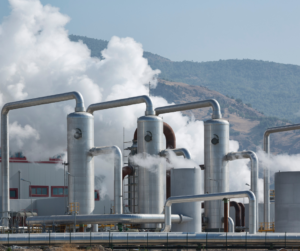
- Biomass Energy
Biomass involves the use of organic materials, such as agricultural waste, wood, and even algae, to produce energy. It offers a way to repurpose waste while reducing reliance on fossil fuels. Biofuels, such as ethanol and biodiesel, are common products of biomass energy.
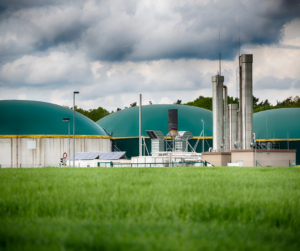
Advantages of Renewable Energy
Environmental Benefits
Renewable energy significantly reduces carbon emissions and pollution. Solar and wind energy, for instance, produce no greenhouse gases during operation, making them environmentally friendly choices.
Economic Growth
The renewable energy sector has created millions of jobs worldwide, from manufacturing solar panels to maintaining wind farms. Investments in renewables spur economic growth and technological advancements.
Energy Independence
Countries that invest in renewable energy can reduce their dependence on imported fossil fuels, enhancing their energy security and economic stability.
Sustainability
Unlike fossil fuels, renewable energy sources are inexhaustible. Harnessing natural elements ensures a long-term energy supply for future generations.
Challenges in Renewable Energy Adoption
Intermittency
Solar and wind energy are weather-dependent, leading to fluctuations in energy production. This intermittency requires the development of efficient energy storage solutions to ensure a consistent power supply.
High Initial Costs
Although operational costs for renewable energy systems are low, the upfront investment can be prohibitive for many households and businesses. Governments and organizations are working to address this issue through subsidies and incentives.
Land and Resource Use
Large-scale renewable energy projects, like wind farms and hydroelectric dams, can have ecological impacts, including habitat disruption and changes to local water systems.
Integration with Existing Grids
Transitioning to renewable energy requires updates to aging infrastructure to accommodate decentralized energy sources, which can be costly and complex.
Innovations Driving the Renewable Energy Revolution
The renewable energy sector is witnessing groundbreaking innovations aimed at overcoming its challenges:
- Energy Storage Solutions: Advanced batteries, such as lithium-ion and solid-state batteries, are improving the storage of energy from renewable sources.
- Smart Grids: These systems use AI and IoT to efficiently distribute and manage renewable energy across power networks.
- Floating Solar Farms: Installing solar panels on water bodies maximizes space usage and improves efficiency by reducing panel temperatures.
- Hydrogen Fuel: Green hydrogen, produced using renewable electricity, is emerging as a versatile energy carrier with applications across industries.
The Role of Policy and Collaboration
Governments play a critical role in promoting renewable energy through policies, tax incentives, and subsidies. International collaborations, such as the Paris Agreement, aim to align global efforts toward reducing carbon emissions. Private companies and startups are also driving innovation by developing cost-effective and scalable renewable energy solutions.
The Road Ahead
As the global population grows and energy demand rises, the transition to renewable energy is not just an option—it’s an imperative. While challenges persist, the opportunities far outweigh the obstacles. Through continued investment, innovation, and global cooperation, renewable energy has the potential to redefine how we power our lives and protect our planet.
Conclusion
Renewable energy is the key to a sustainable future. By embracing solar, wind, hydro, geothermal, and biomass energy, we can reduce our carbon footprint, create economic opportunities, and ensure energy security. The path to a green future requires effort, but the rewards—a cleaner environment, a stable climate, and a thriving economy—make it well worth the journey. Let’s harness the power of nature and work together to illuminate a brighter, renewable-powered tomorrow.
You may also like

10 Must-Have Skills for Engineering Graduates in 2025
